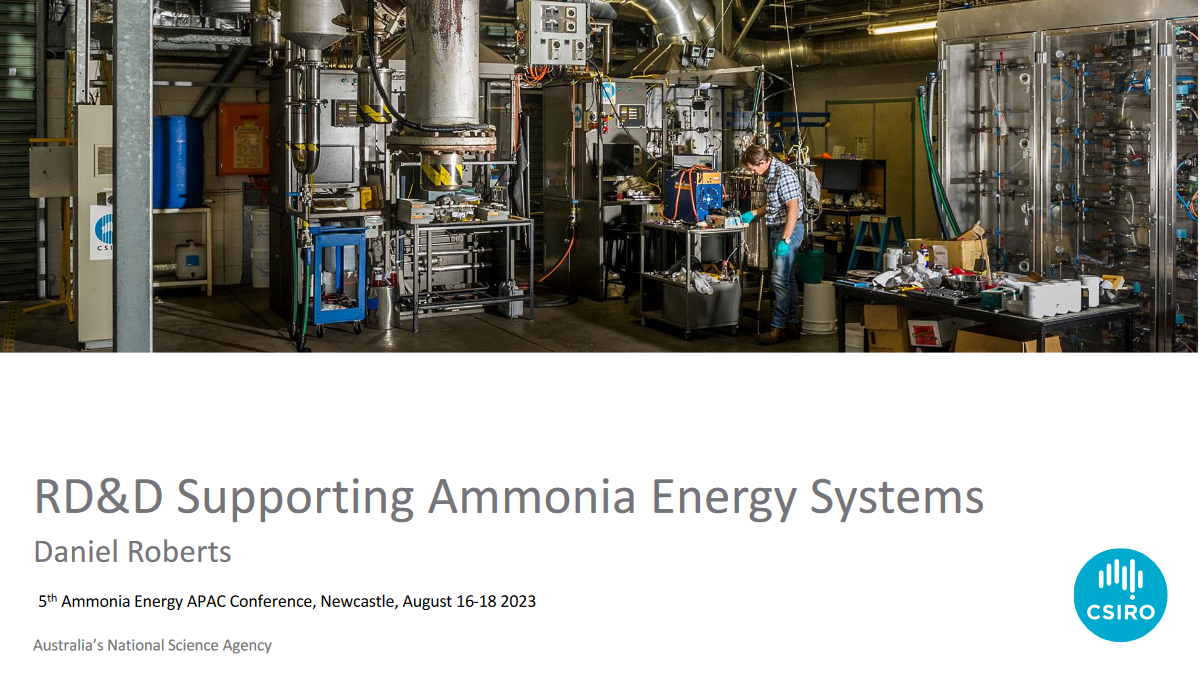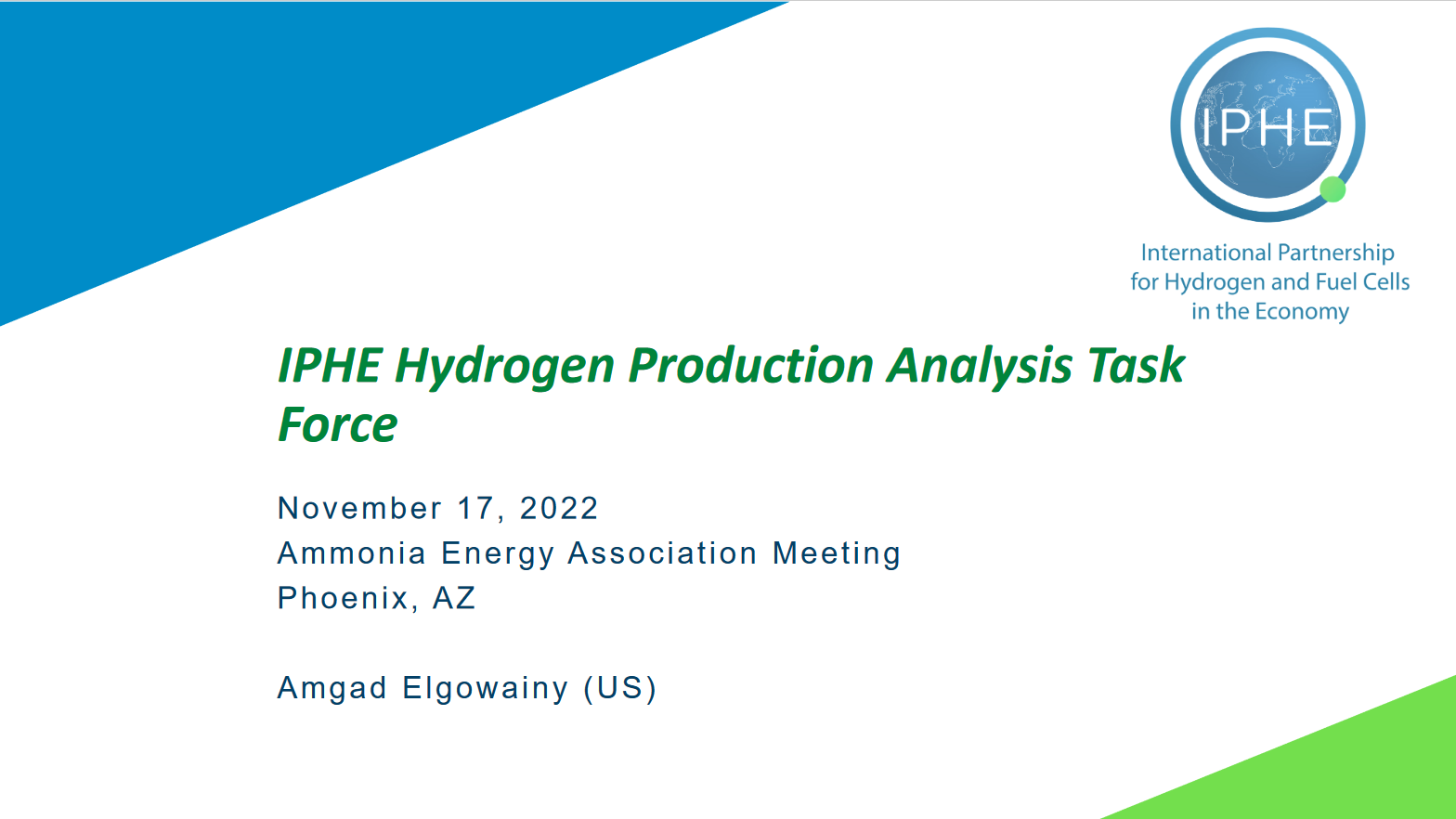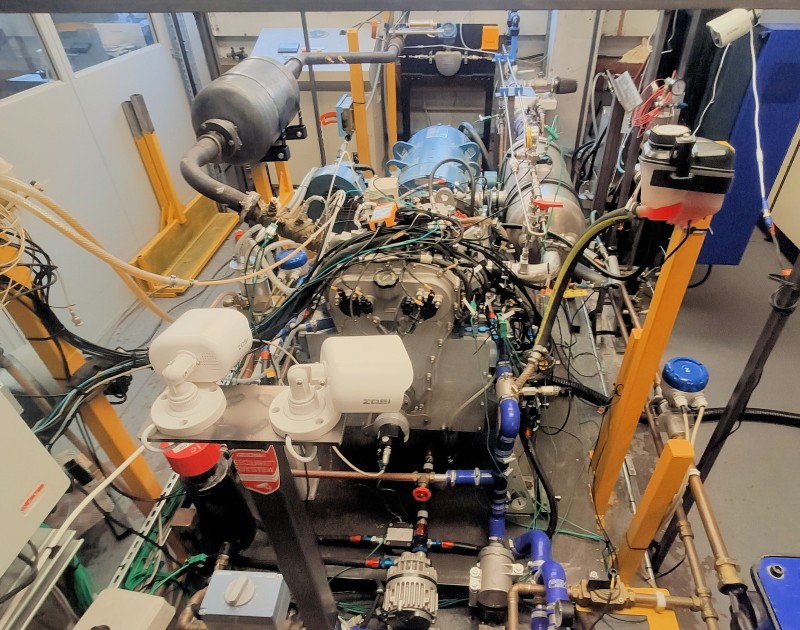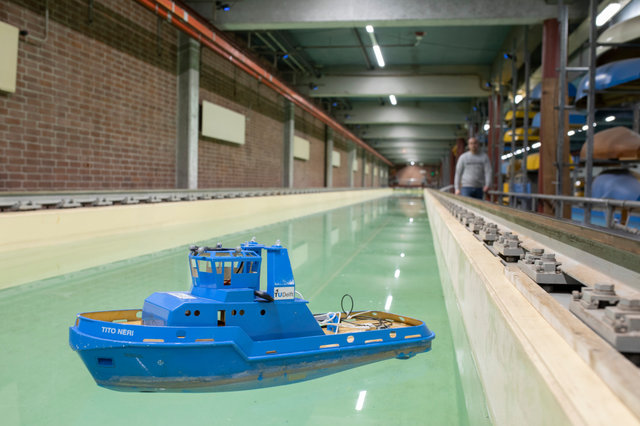Fuel Cells
Ammonia-to-Power to decarbonize heavy industries
Scene-setting for ammonia in the marine industry: propulsion systems, FPSOs & jettyless tech
As the maritime industry gears towards the use of more sustainable fuels, Denmark-based cargo pump supplier Svanehoj reports increased orders for ammonia-capable equipment to be used on LPG tankers. Navantia and H2SITE will combine their expertise in shipbuilding and ammonia cracking to create hydrogen-based propulsion systems. Thyssenkrupp Uhde’s ammonia technology will be used in SwitcH2’s floating ammonia production vessels to harness offshore wind energy. And Iverson eFuels will use ECOnnects’ jettyless gas transfer technology at its 200,000 tonnes per year ammonia production facility in Norway.
Renewable ammonia to support cotton farming in Australia
New Zealand-based Hiringa Energy and Australian group Sundown Pastoral will develop the Good Earth Green Hydrogen and Ammonia Project (GEGHA), which will produce ammonia-based fertiliser & hydrogen for fuel cells to support cotton farming near Moree, New South Wales. The partners are already looking to expand to multiple production projects in the area.
Ammonia-powered cruising on the Baltic Sea
The CAMPFIRE consortium is exploring the feasibility of ammonia-powered cruise liners on the Baltic Sea. Project partners Rostock Port, Yara, DNV and Carnival Maritime discussed progress to date at a recent Maritime Ammonia Insights webinar, including promising logistics, infrastructure & safety findings.
Ammonia cracking technologies gather traction across Europe
In cracking technology updates this week:
- Air Liquide’s industrial-scale, ammonia cracking pilot plant at the Port of Antwerp is expected to be operational in 2024.
- In the UK, AFC Energy has announced a new cracking technology platform.
- Aramco and Linde Engineering have plans to develop their own ammonia cracking technology based on a new catalyst, with a demonstration plant in northern Germany to follow.
- And Fraunhofer IMM researchers have developed the compact AMMONPAKTOR cracking reactor system, which will be utilised to feed PEM fuel cells.
Ammonia solutions for the UK construction industry
The UK government will fund a new red diesel replacement project from engine developers MAHLE Powertrain and partners Clean Air Power and the University of Nottingham. The trio will demonstrate decarbonisation of heavy duty engines using ammonia and hydrogen fuel, or a blend of the two. Fortescue Future Industries and Liebherr are also involved in the decarbonisation of the UK construction sector, with agreements on hydrogen fuel supply & engine development signed last October. Fuel cells also enter this mix, with AFC Energy currently rolling out off-grid, ammonia-powered gensets on construction sites in London and Madrid.
AmmoniaDrive
The University of Amsterdam and TU Delft will lead an academic-industry consortium that will determine the feasibility of combining ammonia-fed solid-oxide fuel cells with internal combustion engines for maritime propulsion. The AmmoniaDrive project just received over €2 million in support from the Dutch government, and is the latest in a series of hybrid and fuel cell-based propulsion projects using ammonia as an onboard fuel.
Ammonia-powered shipping on the Mississippi
Meet NETSCo and ABB, who are exploring the opportunity of ammonia as fuel along the US inland waterways, including the conversion of existing towboats and barges to run on ammonia fuel.









